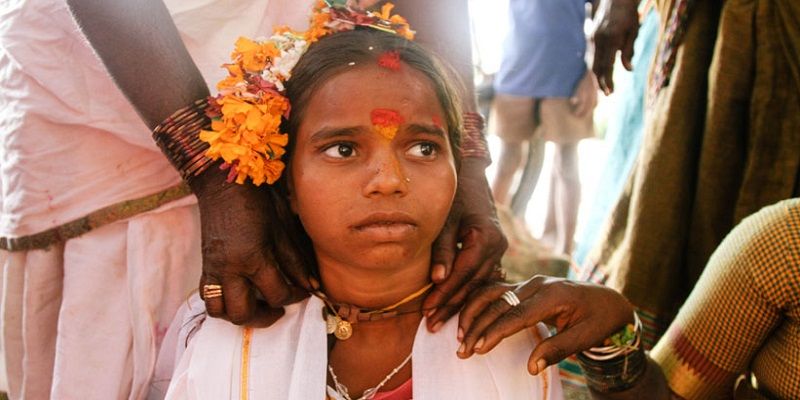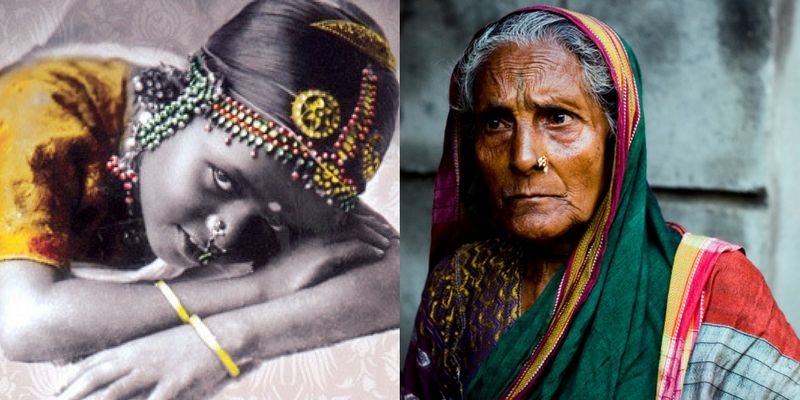Prostitutes Of God
May 07, 2019 • 44 views

The Devadasi culture is a practise that exists since the times of the Indian monarchical system. They were included in the religious performances as temple dancers. With the fall of the monarchical system, the devadasi practise fell into decay and soon was regarded asan outcaste performance. A pre-pubescent girl becomes a part of this community on tying her allegiance to God and dedicating her entire life to this system.
In terms of the modern world, Devadasis are identified as sources of pleasure and sex slaves rather than married devotees. Despite of the fact that this practise is mostly used by the upper caste, they themselves marginalise the close-knit community of Devadasis. With the fall in their social status, their profession has been labelled as “immoral and vulgarious act of living” rather than considering it as just like any other means of earning. Although in the society the Devadasis are ostracised and ashamed, theyrecognize themselves as mere service providers of God and deem it as a normal lifestyle. In Indian history, faith has either moulded or broke traditions but in this context it is playing a double role of ‘poverty’ and ‘religion’.

Several factors encourage in it’s continuing practise. In terms of ‘poverty’, most of the parents end up sending off their daughter as a devadasi for curbing their financial struggles and utilising various other opportunities in expense of a single sacrifice. In several households, a girl child is considered as a burden or a liability upon her family, therefore further encouraging them to become a devadasi or a sex-slave of God. It is as similar asjustifying their act in the name of religion. Such pre-existing stereotypes generalise the entire social condition of India and ignores a better reality. The documentary called “Prostitutes of God”, is a narration by an outsider and a stereotypical depiction of the Indian society by the Westerners. The Western world has always exoticise the Indian culture in terms of it’s multi-diversity and varying customs. The comical instances in the documentary can be interpreted as a subtle mockery upon the culture and a deliberate attempt to portray the Indian society as ‘yet to be developed and civilized’.
Perhaps such ironical stance implies the release of sexual suppression implicitly rather than explicitly. Most of the people belonging from the upper caste deny to express their sexual needs in an outwardly space. Therefore giving chance to the Devadasis to gain power over pleasure. Nevertheless, throughout this religious fervent, the Devadasis are still looked down upon and ashamed. This understanding of the context explains us about the deeply rooted relationship between the human idea of ‘pleasure’ and justifying it as a ‘divine sacrifice’.
